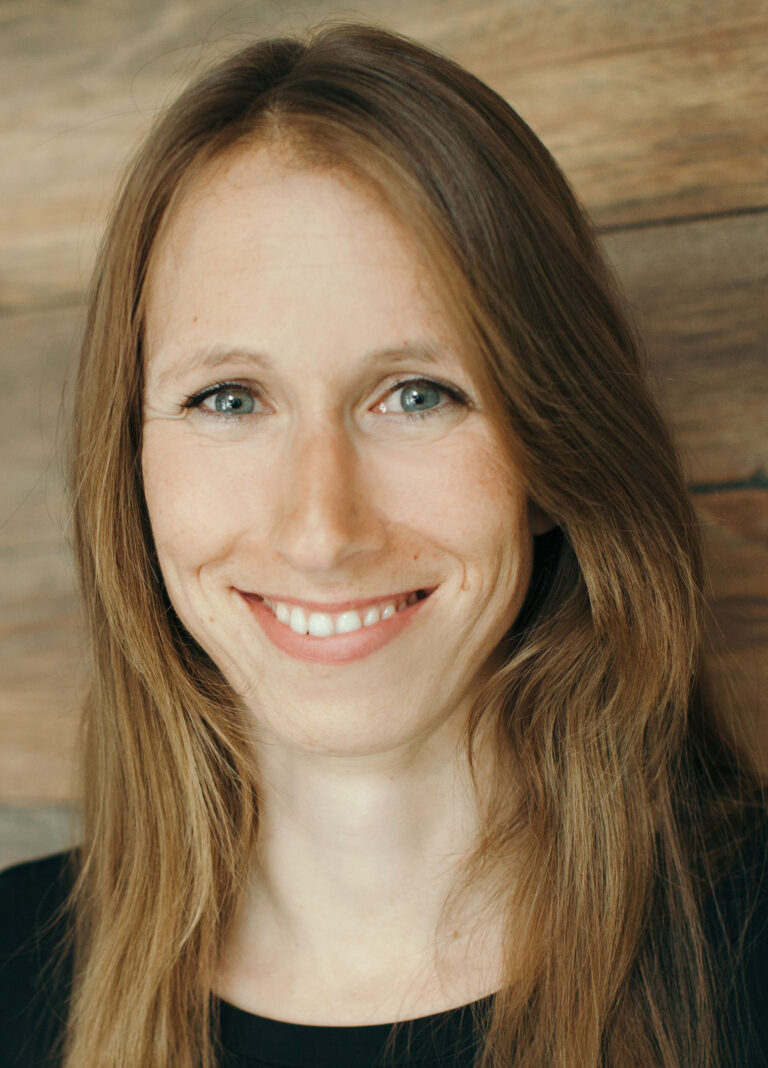Education/Training
2005 – 2009
PhD in Immunology at the Université de la Méditerranée, Marseille, France
2002 – 2003
Diploma thesis, University of Hawai’i, USA
1997 – 2003
Studies in Biology (Diploma), CAU Kiel and HU Berlin
Research Experience/Academic Appointments
Since 2009
Assistant Professor at the Zoological Institute, CAU Kiel
3/2014 – 3/2015
Maternity and parental leave
2/2012 – 2/2013
Maternity and parental leave
2003 – 2005
Research Associate at the University of Hawaii, USA
Important Scientific Prizes/Functions
2012 – 2014
12.800 € in fellowships through programs to promote women in science at the CAU Kiel
2005
3 years doctoral grant from the French Ministry of Higher Education and Research
Contact


